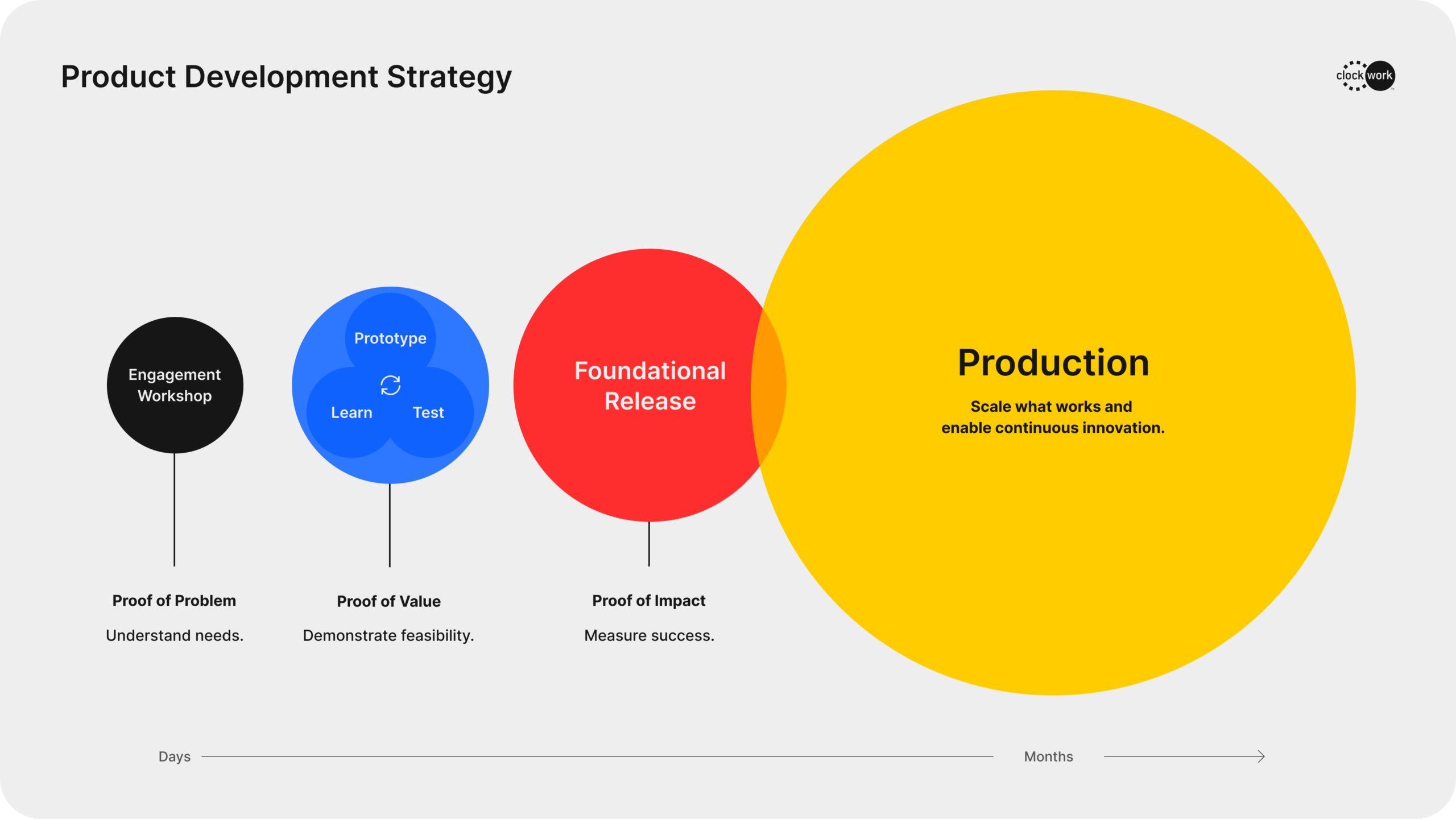We’ve all experienced it: a significant change is rolled out, and it feels like it came out of nowhere. What’s the first thing we do? We turn to someone we trust, a peer who can help us make sense of it all.
Now imagine if that peer had been involved from the start. They could tell us why the change is happening, why it’s important, and what it will mean for us.
That’s the role of a change champion. A change champion is someone within the organization uniquely positioned to shift apprehension into engagement.
The influence behind the influence
Change champions hold informal influence within their teams (and sometimes across the organization). Their power doesn’t come from their title, but from trust. They’re the ones others naturally turn to, and their voice carries weight.
You want them on your project.
When engaged early, change champions become vital collaborators, bridging the gap between leadership’s vision and the day-to-day reality of those experiencing the change.
Supporters, skeptics, and everyone in between
Choosing the right change champions requires intentionality. These individuals should be selected not only for their influence but also for their insight and willingness to shape what comes next.
Look for people who:
- are involved in the day-to-day work of current processes
- show curiosity and interest in building the future state
- speak with authenticity, authority, and clarity
- are willing to collaborate across teams and functions
- are trusted advisors and advocates among peers
Don’t overlook those who initially seem hesitant (or even hostile). While positive influencers are essential, here’s the truth: not every champion needs to be an early enthusiast.
The pushback you get from detractors isn’t resistance for its own sake; it’s often rooted in a deep commitment to getting things right. These voices bring valuable insights, calling out risks others might miss.
Practice empathy and patience as they offer feedback. It may feel harsh, but it reflects how much they care about doing it well.
Bonus truth: Sometimes your biggest skeptics turn into your fiercest supporters. When they do, their peers take notice, and that shift can spark even broader momentum.
Activating change champions
Once you’ve identified your change champions, involve them. A lot. Give them a seat at the table from the beginning, not just during roll-out. Establish consistent, structured touchpoints that encourage two-way communication.
Use this time to:
- Share project updates and milestones
- Validate assumptions and test ideas
- Gather peer or customer insights
- Share live demos or prototypes for feedback
- Co-create or evaluate approaches
These interactions reinforce that change champions aren’t just observers, but architects of the change. When they see their feedback shaping the future state, their sense of ownership deepens.
Beyond the formal touchpoints, empower your champions to lead outward. Equip them with the core story or key questions they can take into their team meetings and organic conversations. At the same time, ensure they bring back to the project and change management teams what they’re hearing from their peers. This creates a dynamic exchange that keeps your change effort grounded in real-world experiences.
Real change is built with people, not just plans
When change champions and leaders speak with one voice, the message lands differently. It feels less like a directive and more like an invitation. Employees hear from trusted peers who understand their day-to-day, and from leaders who are helping drive the organization toward a better future.
This alignment sends a powerful signal: the organization isn’t just announcing change, it’s building it with its people. And change champions are the bridge that makes this possible.
They translate vision into reality, skepticism into support, and resistance into momentum.Change feels disruptive when it’s done to people. However, when employees see themselves and their contributions reflected in the process, it feels like progress. At that point, they’re not just prepared for change, they’re part of it. And, in some cases, already driving it.




